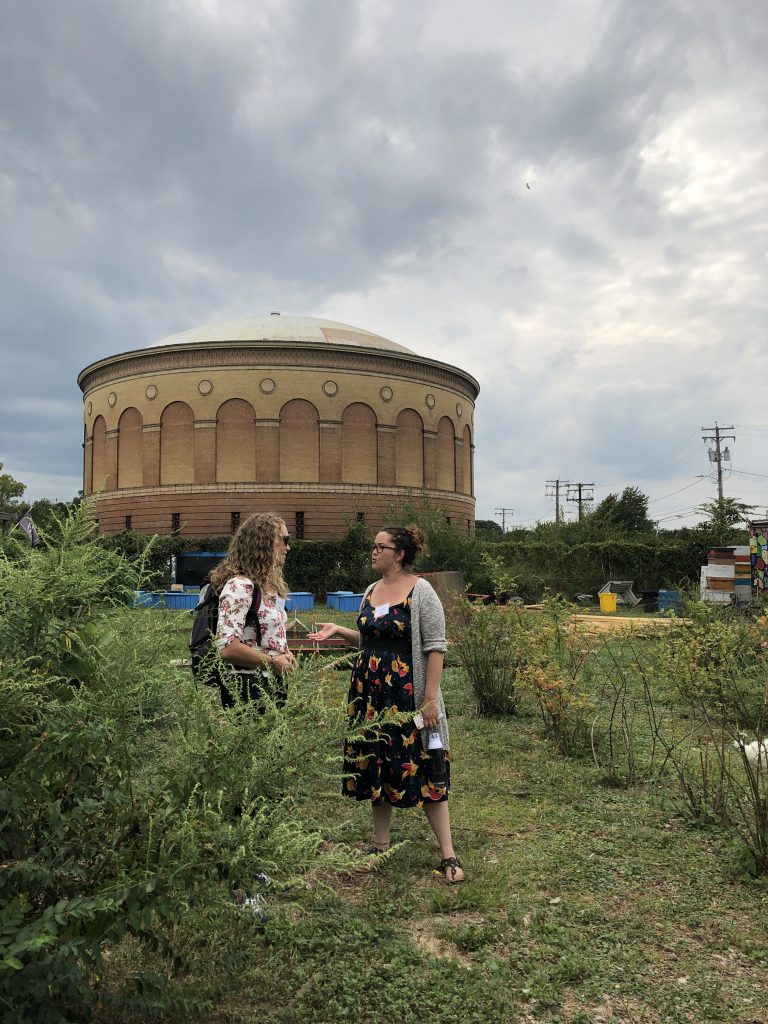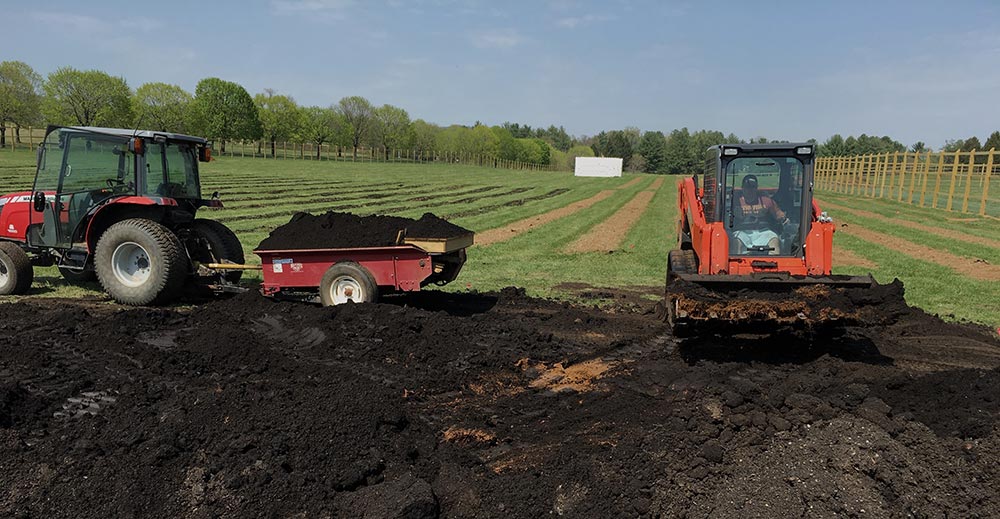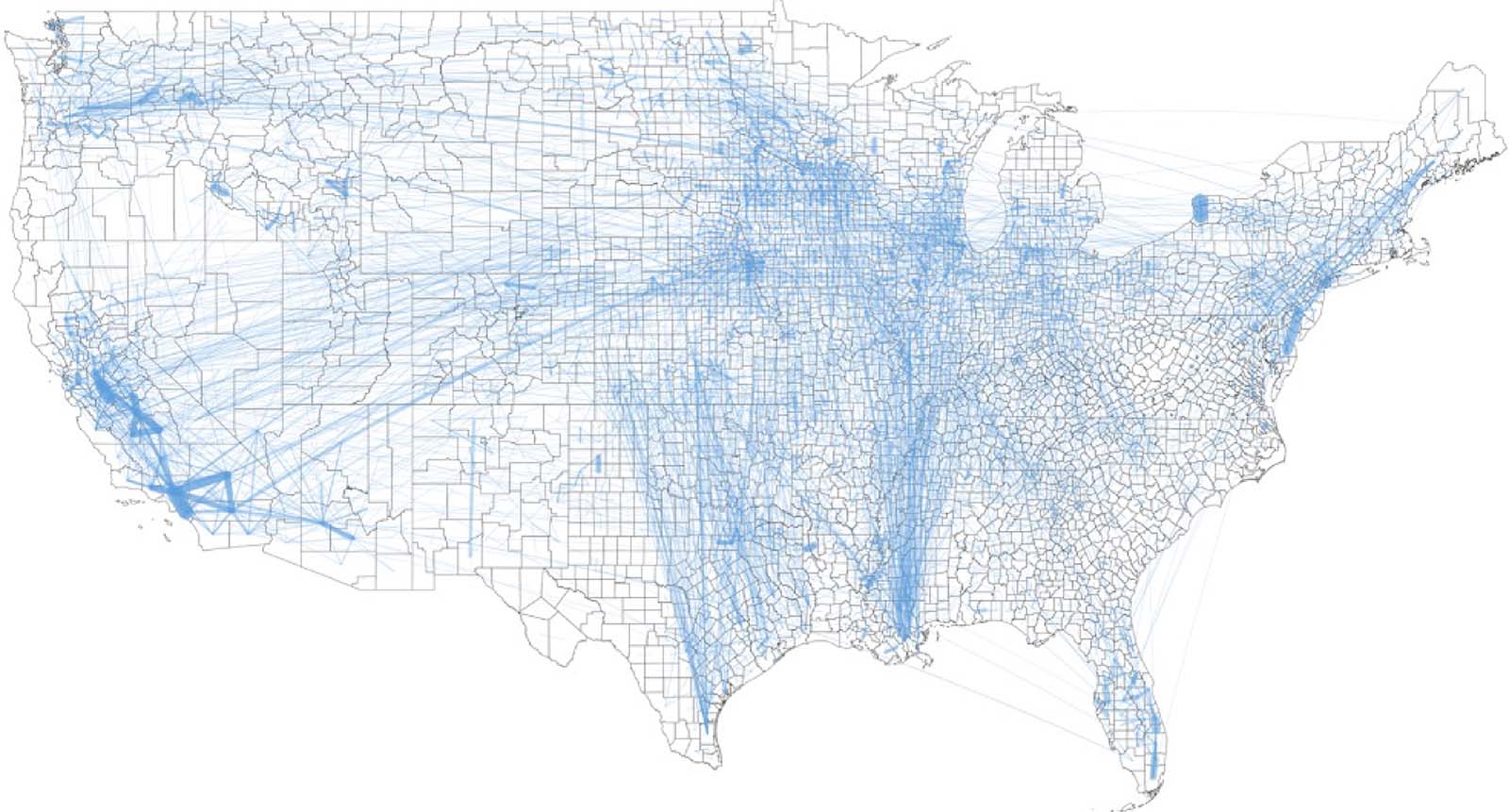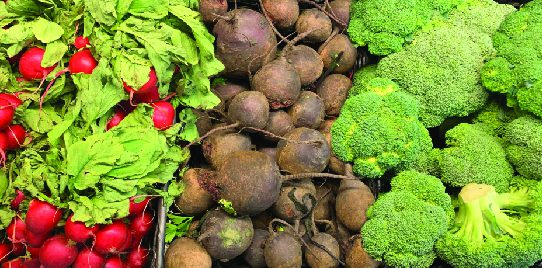Multiscale RECIPES for Sustainable Food Systems
RECIPES is a research network bringing together over 40 researchers and 14 institutions connected with organizations working across the food system to advance the science needed to make our wasteful food system sustainable, equitable, and resilient. The first five years of our work is supported through NSF grant 2115405
Circular System
Our transformed food system inspired by circular economy solutions, in which materials and value are used, reused, and recovered, and waste is minimized.
Click on each section of the system to learn more.
Farming
Farm-level loss is the product of a combination of forces that include field stability, weather, spillage, pests and plant diseases, labor availability, market prices, and cosmetic imperfections.
Processing
Food processing is the transformation of raw plant and animal materials into products for consumers. Sustainable food processing involves new ways to meet needs without compromising future viability.
Distribution
Food distribution includes a series of household, public, and private post-harvest activities including the processing, transportation, storage, packaging, and marketing of food.
Consumption
Wasted food at the consumption level by households, institutions, and restaurants forms the largest waste stream. The five major contributors to household food waste include: food spoilage, over-preparing, date label confusion, overbuying, and poor planning.
Prevention
We aim to narrow resource loops through prevention research co-designed with residents and stakeholders to ensure reflection of the lived experience and reality of underserved communities.
Rescue
We aim to slow resource loops through food rescue research to recover high quality food surplus and use it to improve food access and public health outcomes to jointly address environmental racism and justice.
Valorization
We aim to close resource loops through research on valorization, which means recovering energy, water, and materials through advanced technologies.
Co-Benefits
With the goal of fundamentally redesigning the food system, our research will compare interventions at larger scales in schools and cities, along with engaging frontline workers and examine the role of wasted food for resilience capacity.
Our Research
Our goal is to integrate interdisciplinary knowledge and expertise across RECIPES to carry out fundamental research that leverages nascent analyses of impacts and drivers of wasteful practices in order to re-imagine our food system
Why is Food Wasted?
What are the magnitudes, distributions, drivers, and interactions of wasted food within regional and across multiscale food systems?
- Qualitative Insights
- Data Collection and Analysis
- Multiscale Modeling and Metrics
What Should We Do About It?
Which solutions best address wasted food while maximizing sustainability, equity, and resilience across diverse regional contexts?
- Community-driven solutions
- Technology-driven Solutions
- Policy-driven solutions in concurrence with the above
How Does Our Process Work?
How do we integrate currently disconnected academics, students, workers, farmers, non-profits, community members, firms, and regulators working on wasted food in order to generate convergent research and systems change?
- Human Centered Design and Convergence Framework
- Formal assessment of Research, Education, and Diversity and Inclusion
- Invitation to Diverse Scholars Co-Led with Black in Engineering
Partnerships with both community and national groups are crucial to ensure our research informs implementable change. We work in cooperation with local, regional, and national organizations to build knowledge bases, share best practices, and to ensure solutions are equitable, sustainable, and resilient.



Regions of Study

- Sauleh Siddiqui
- Annie Claus
- Garrett Graddy-Lovelace
- Malini Ranganathan
- Anastasia Snelling
- Jessica Gephart
- Kiho Kim
- Tambra Stevenson
- Alissa Kendall
- Ned Spang
- Susan Verba
- Weslynne Ashton
- Norbert Wilson
- Lee Davis
- Celeste Chavis
- Mansoureh Jeihani
- Young-Jae Lee
- Jessye Talley
- Pete Pearson
- Callie Babbitt
- Tom Trabold
- Nathan Eddingsaas
- Todd Pagano
- Christy Tyler
- Kaitlin Stack Whitney
- Brian Roe
- Monica Cox
- Yongyang Cai
- Megan Konar
- Melissa Prescott
- Roni Neff
- Meg Burke
- Nicole Labruto
- John Apolzan
- Corby Martin
- Xin (Shane) Li
- Christine Bozlak
- Beth Feingold
- Akiko Hosler
- Xiaobo Romeiko
- Brenna Ellison
Map based on Co-PI Konar’s work on food flows supported by NSF Grants: ACI-1639529, EAR-1534544, CBET-1844773. Cite as: Lin, X., Ruess, P. J., Marston, L., & Konar, M. (2019). Food flows between counties in the United States. Environmental Research Letters, 14(8), 084011.
